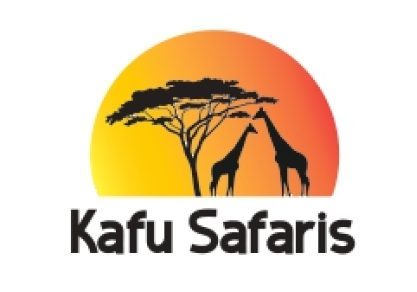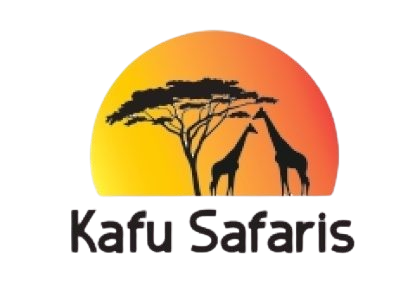Bwindi Impenetrable National Park
Home of the Mountain Gorillas
Bwindi Impenetrable National Park is a verdant paradise, renowned for its rich biodiversity and the majestic mountain gorillas that call it home. Spanning approximately 331 square kilometers, the park’s rugged landscape is covered with dense rainforests, making it an ideal habitat for numerous species of flora and fauna. Established in 1991 and declared a UNESCO World Heritage Site in 1994, Bwindi offers a unique blend of adventure, conservation, and cultural experiences. This article delves into the myriad attractions, activities, and the best times to visit this remarkable destination.
Top Safaris To Bwindi
3 Days Gorilla Trekking
Trek through the Bwindi forest and enjoy close encounters with the endangered apes
5 Days Gorillas and Wildlife
Explore the savanna plains of Queen Elizabeth and trek through Bwindi for gorilla encounters
7 Days Primates and Wildlife
Spot the Big 5, enjoy boat cruises and trek chimps and gorillas on this Uganda advenutre
Attractions in Bwindi Impenetrable National Park
Mountain Gorillas
The crown jewel of Bwindi’s attractions is undoubtedly its population of mountain gorillas. Home to almost half of the world’s remaining mountain gorillas, the park offers visitors a rare chance to observe these gentle giants in their natural habitat. Gorilla trekking, where visitors hike through dense forest to spend time with a gorilla family, is a once-in-a-lifetime experience that draws travelers from around the globe.
Biodiversity
Bwindi’s ecosystem is incredibly diverse. The park boasts over 400 species of plants, 120 species of mammals, 350 species of birds, 220 species of butterflies, and numerous reptiles and amphibians. The dense vegetation and varied terrain create a haven for wildlife enthusiasts and researchers alike.
Birds
For avid bird watchers, Bwindi is a paradise. The park is home to several endemic and globally threatened bird species. Key species include the African green broadbill, Grauer’s rush warbler, and the Shelley’s crimsonwing. The Mubwindi Swamp in the Ruhija sector is particularly renowned for its birding opportunities.
Cultural Encounters
The park is surrounded by local communities, including the Batwa pygmies, who are indigenous to the region. Visitors can engage in cultural tours that offer insights into the traditional lifestyles, customs, and survival techniques of the Batwa. These interactions provide a deeper understanding of the human history intertwined with the park.
Attractions in Bwindi Impenetrable National Park
Gorilla Trekking
The highlight of any visit to Bwindi is gorilla trekking. Trekkers are divided into small groups and guided by experienced rangers as they navigate through the dense forest. The trek can range from a few hours to a full day, depending on the location of the gorilla families. The reward is an intimate encounter with the gorillas, observing their social interactions and behaviors up close for an hour.
Bird Watching
With its impressive avian diversity, Bwindi offers exceptional bird-watching opportunities. Guided birding walks are available, led by knowledgeable guides who can help spot and identify the various species. The Buhoma, Ruhija, and Mubwindi Swamp areas are particularly popular for birding.
Nature Walks and Hiking
Several trails wind through Bwindi, offering a range of hiking experiences from short walks to challenging treks. The Muyanga Waterfall Walk, Rushura Hill Walk, and the Buhoma-Nkuringo trail are just a few of the options available. These trails provide a chance to explore the forest’s interior, enjoy scenic views, and spot wildlife.
Community Tours
Visitors can take part in community tours that highlight the culture and traditions of the local people. The Batwa experience is especially popular, where former forest dwellers share their knowledge of the forest, traditional hunting techniques, and folklore. Other community tours include visiting local farms, schools, and craft centers.
Best Time to Visit Bwindi Impenetrable National Park
Bwindi can be visited year-round, but the best time to visit depends on what you wish to experience.
- Dry Seasons (June to September, December to February)
The dry seasons are generally considered the best times to visit Bwindi. During these months, the weather is more predictable, with less rainfall making the trekking paths more accessible and less muddy. This period is ideal for gorilla trekking and hiking as the trails are easier to navigate. Additionally, wildlife viewing is often better as animals are more likely to gather around water sources.
- Wet Seasons (March to May, October to November)
The wet seasons bring heavier rainfall, which can make trekking more challenging due to slippery and muddy paths. However, the forest is at its most lush and vibrant during these months. Bird watchers might find the wet season particularly rewarding, as it coincides with the breeding season for many bird species, leading to increased avian activity. Lower visitor numbers during these months can also mean a more serene and private experience in the park.

